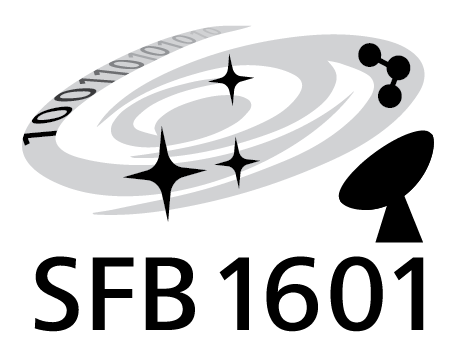The SFB 1601 organises frequent scientific colloquia. Guests are Welcome!
Venue: University of Cologne, Physics Institutes (Zülpicher Str. 77), Lecture Hall II
The colloquia will start with a coffee/tea reception at 01:45 pm in front of the lecture hall.
October 14, 2025
Steven Longmore
1. Astrophysics Research Institute, Liverpool John Moores University
2. Cosmic Origins of Life (COOL) Research DAO
The environmental dependence of star and planet formation over cosmic time
Abstract
Observations of star forming regions in the solar neighbourhood provide the empirical foundation for our current understanding of star and planet formation. In this paradigm, gas is converted into stellar systems in an environmentally independent process which can be described by “universal” dense-gas-star-formation relations. The resulting stellar systems form in isolation, and there is minimal dynamical evolution of planetary architectures after they have finished forming and left their natal environment.
I will share recent results using the Galactic Centre as a laboratory to test this paradigm in conditions which are more cosmologically representative of the environment in which most stars in the Universe formed. We find that “universal” dense-gas-star-formation relations fail to describe the conversion of gas into stars — star formation is inhibited in collapsing gas clouds until they reach densities orders of magnitude higher than predicted critical densities. When star formation eventually begins, the proto-stellar densities are so high that stellar feedback is expected to destroy proto-planetary disks on ~Myr timescales — the epoch over which planets assemble the bulk of their mass.
These results point to a paradigm in which environment is a key factor determining the outcome of the star and planet formation process, and the evolution of the planetary system architectures, over cosmic time. I will end by discussing the potential implications of these results in the context of where we expect to find life elsewhere in the Universe.
(Cologne, Host Peter Schilke)
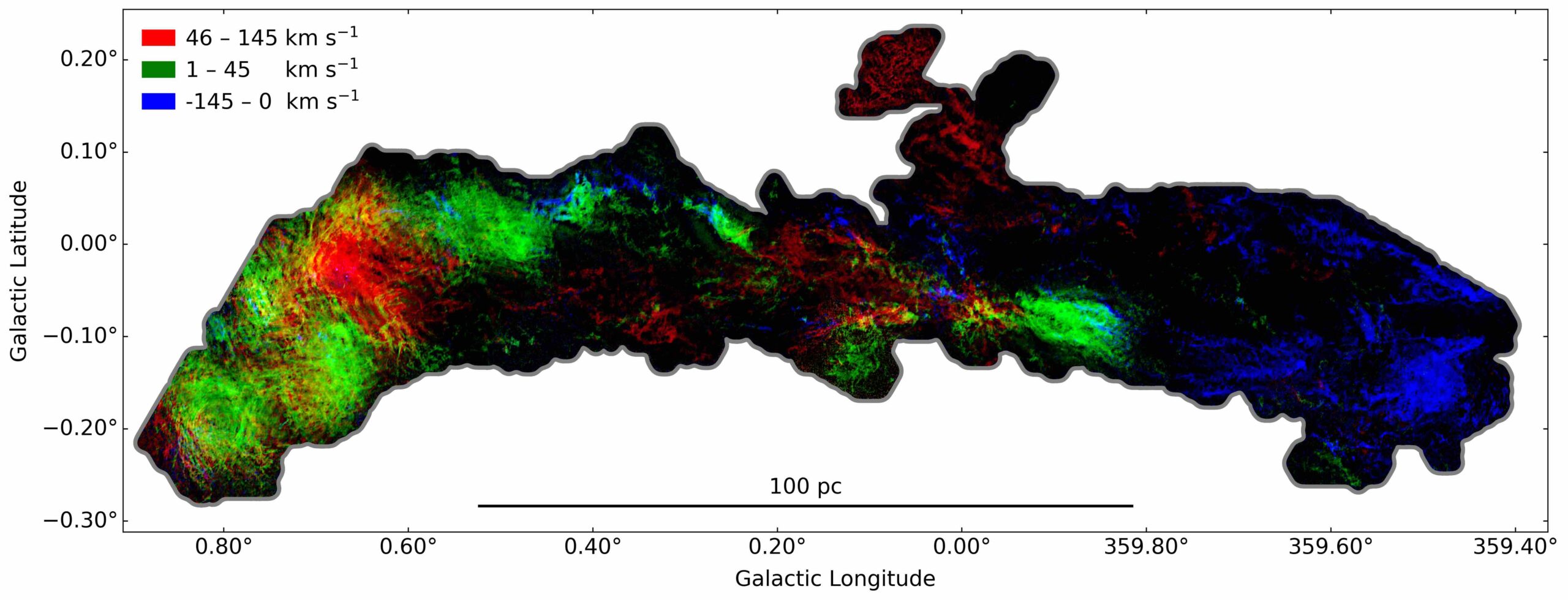
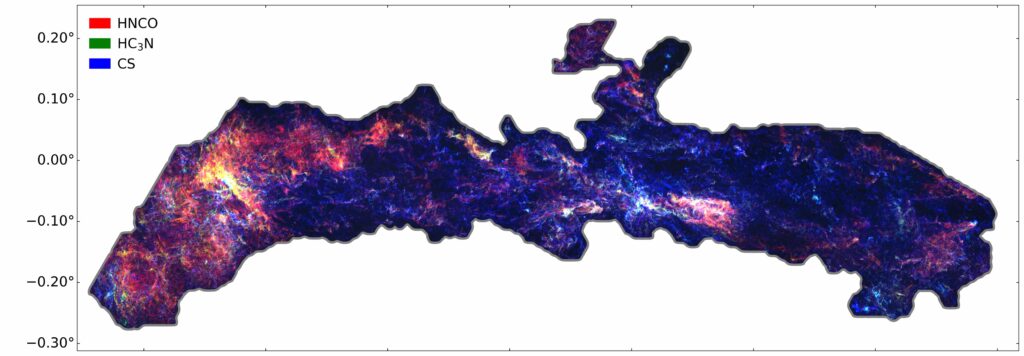
October 28, 2025
Maria Jose Maureira
Center for Astrochemical Studies, Max Planck Institute for Extraterrestrial Physics, Garching
Thick, Massive and Hot: Protostellar Disks and the Onset of Planet Formation
Abstract
Recent observations have overturned the long-standing view that star and planet formation occur in separate stages, showing instead that planets likely begin forming while the protostar is still accreting (Class 0/I). Yet most of our knowledge of planet-forming disks comes from later-stage disks (Class II), leaving the youngest protostellar disks largely unexplored. Characterizing the physical conditions of accreting protostellar disks is crucial for understanding stellar mass assembly and the onset of planet formation. In this talk, I will present ALMA observations with a resolution of 6 au towards young protostellar disks, with various morphologies and multiplicities. Using a multi-wavelength approach, we find that these disks are very optically thick, even at 3 mm. These high optical depths can help hiding the presence of early ’gaps’ related to the planet formation process, and also push the disk masses beyond the threshold for gravitational instability. The observations are also questioning the common assumption that star irradiation alone is the main mechanism controlling the disk temperature. Instead, the observed temperatures suggest that some young disks are ‘active’, thus also heated due to accretion and shocks. The results highlight the importance of building a new observation-based model for the youngest disks that can be used to test theories of early star and planet formation.
(Cologne, Host Arshia Jacob)
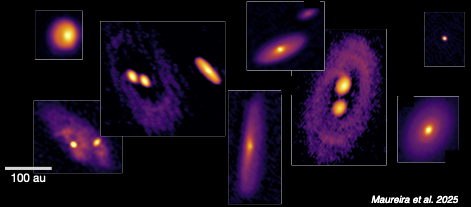
November 18, 2025
Iván E. López
INAF/OAS – Osservatorio di Astrofisica e Scienza dello Spazio di Bologna
A Gentle Shock: How Low-Accreting Black Holes Heat Their Host’s Interstellar Medium
Abstract
Supermassive black holes spend up to 95% of their lifetimes in low-accreting states, yet their impact on galaxy evolution remains poorly understood. Low-luminosity AGN (LLAGN) can launch low-power jets and winds capable of displacing dust, driving outflows, and suppressing star formation. To tackle this problem, we adopt a twofold approach. First, we present a new SED-fitting module for LLAGN, included in the latest version of CIGALE, which enables accurate modeling of LLAGN physics and allows population studies that do not rely on extrapolations from high-luminosity AGN templates. When applied to multiwavelength surveys, this module will help constrain the AGN luminosity function at the faint end. Second, we present recent JWST observations of M58, a nearby LLAGN with a weak jet and advection-dominated accretion. These high-resolution data (~10 pc) reveal over 45 H2 lines, excited mainly by low-velocity, low-density shocks associated with the jet, along with a ~10% contribution from X-ray heating. While the ISM is broadly undisturbed, the central ~200 pc exhibits turbulent kinematics linked to low-velocity outflows. These results highlight the subtle but measurable influence of LLAGN feedback. Similar H2 signatures observed in other local LLAGN suggest that this feedback may be more widespread than previously recognized. (Cologne, Host Tatiana Rodriguez)
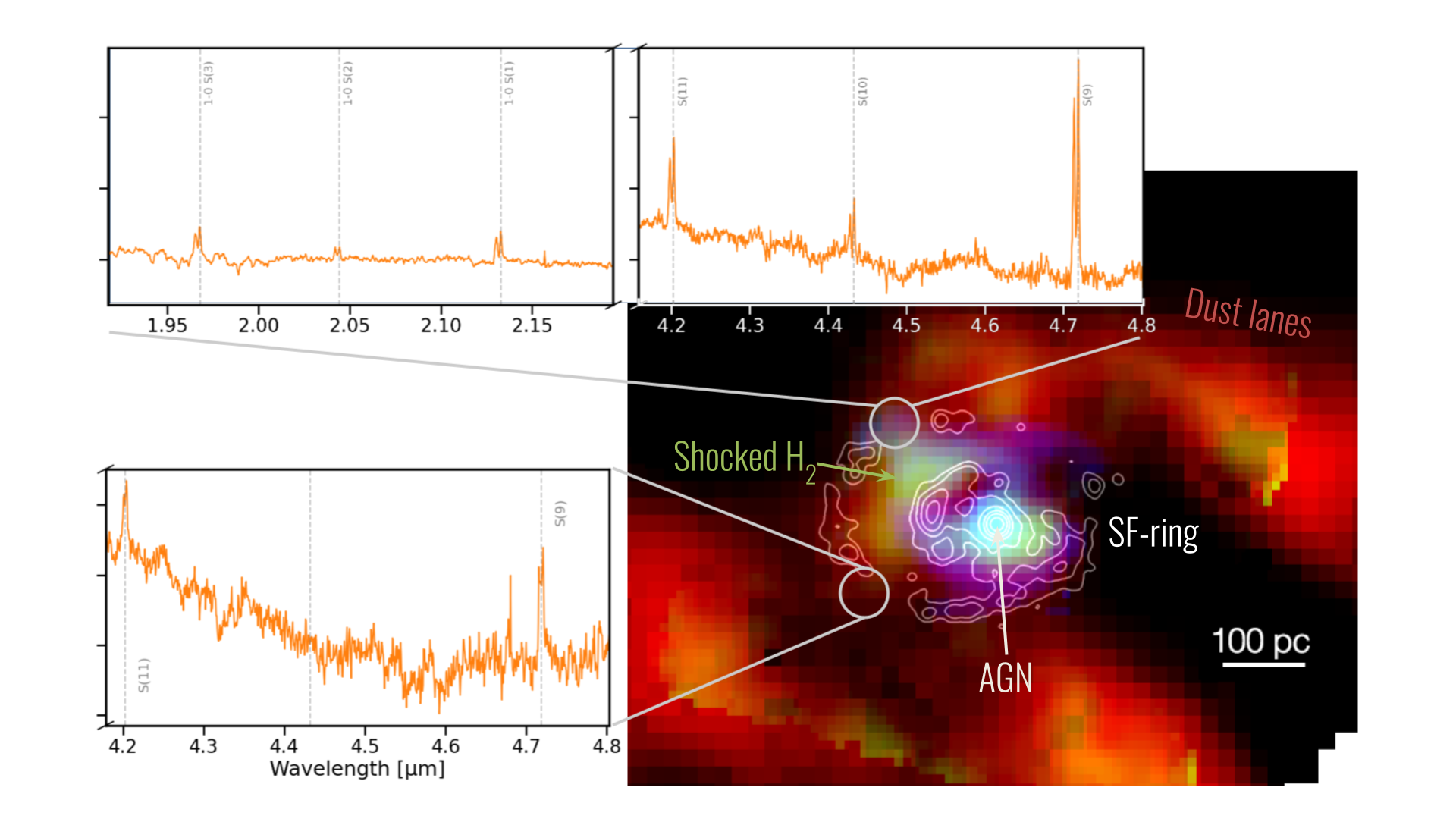
November 25, 2025
Robert Simon, Simon Dannhauer
SFB 1601 / I. Physics Institute, University of Cologne
Studying stellar feedback in the Milky Way and Magellanic Clouds, the CCAT/FYST and SOFIA connection
Abstract
Project B2 characterizes the feedback of massive stars and their habitats in the Milky Way and Magellanic Clouds through high resolution spectroscopy. Our focus is on large-scale observations of atomic carbon and CO lines. B2 thus provides important information for small-scale observations in the A-projects and, together with the study of nearby galaxies in B3, helps to bridge the spatial and environmental gap between the A- and C-projects.
CCAT/FYST is expected to start operation in early 2026. We will employ the CCAT Heterodyne Array Instrument (CHAI), currently being built in Cologne, for large scale observations in mid-J CO rotational lines (tracing the warm, dense gas associated with stellar feedback) and fine structure transitions of CI (tracing the atomic phase of Photon Dominated Regions and CO-dark molecular gas). In order to follow the cycle of carbon in massive star forming regions, we use complementary data of ionized carbon (CII) and also atomic oxygen (OI). Therefore, SOFIA archival data continue to play an important role, in particular through the SOFIA legacy project ‘FEEDBACK’. We will give an overview of the FEEDBACK achievements and present some of the science highlights.
(Cologne)
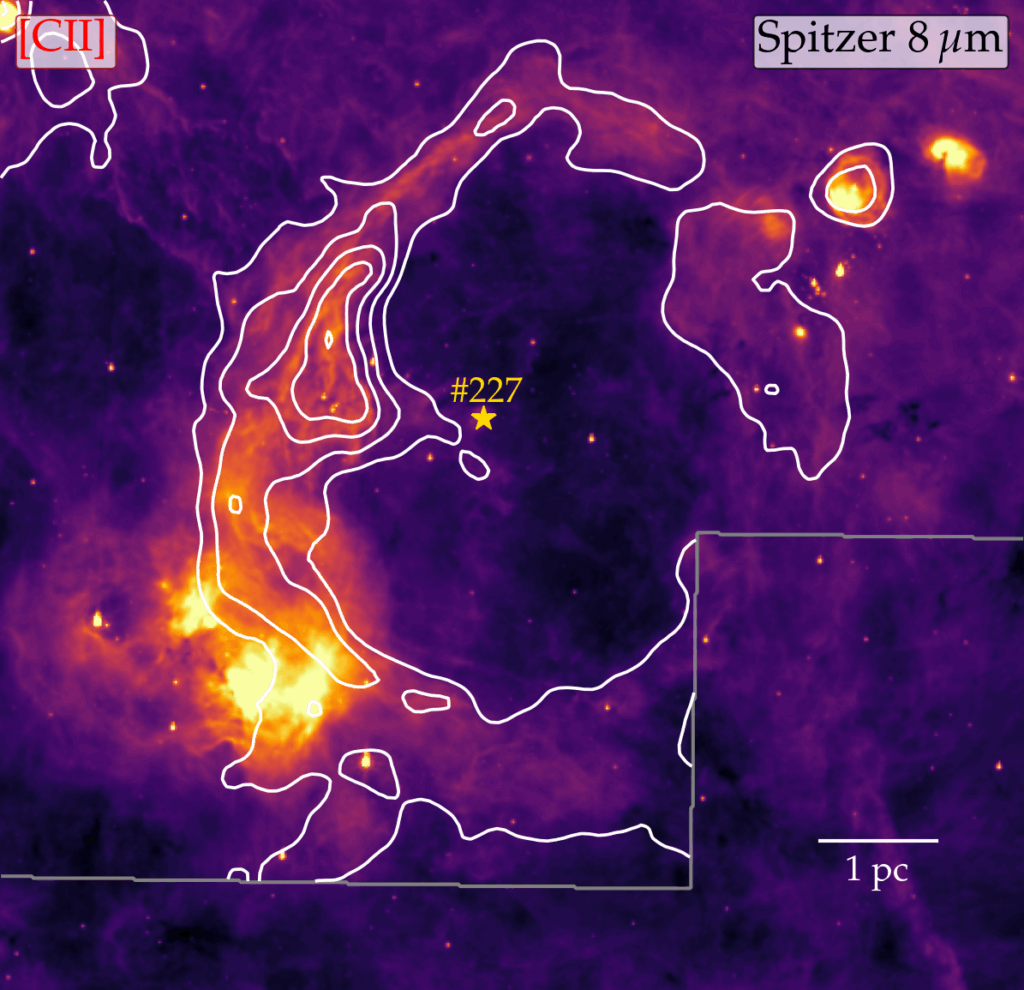
December 02, 2025 – venue: MPIfR Bonn, seminar room 0.02
Michael Kramer
SFB 1601 / Max Planck Institute for Radio Astronomy, Bonn
Geometry, geometry, geometry …
Abstract
As with many physical systems, geometry plays a crucial role, if not the crucial role, in the study of pulsars. Its importance cannot be overestimated. It determines how and if we see these objects, plays a role in their formation during the death of massive stars and in their possible disappearance from view. Geometry determines whether they are merely radio sources or whether they can be seen as gamma-ray pulsars. Geometry is also important for testing gravity and understanding the neutron star population. Often, it is not even constant. This talk will demonstrate why geometry is important, how we determine it and present new results and old puzzles. (MPIfR Bonn)
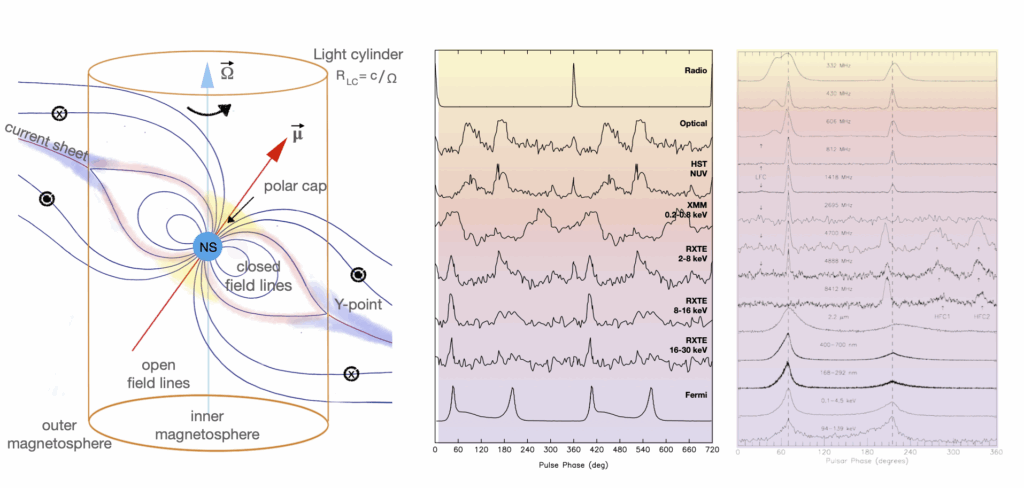
December 09, 2025
Lea Schneider, Urs Graf, Weslley Silva, Oskar Asvany
SFB 1601 / I. Physics Institute, University of Cologne
upGREAT in the lab: Measurement of HeH+ and OH+ at 2 THz
Abstract
In order to perform high-resolution spectroscopy, the upGREAT local oscillator operating around 2 THz has been combined with a cryogenic 22-pole ion trap apparatus located in the Cologne laboratories.
Using novel action spectroscopic techniques, the rotational transitions J= 1 <- 0 of HeH+ and N= 2 <- 1 of OH+ have been targeted.
Similar measurements on the fine-structure transition of C+ at 2 THz did not yield any useful signal, but pave the way for improved future measurements within SFB 1601. (Cologne)
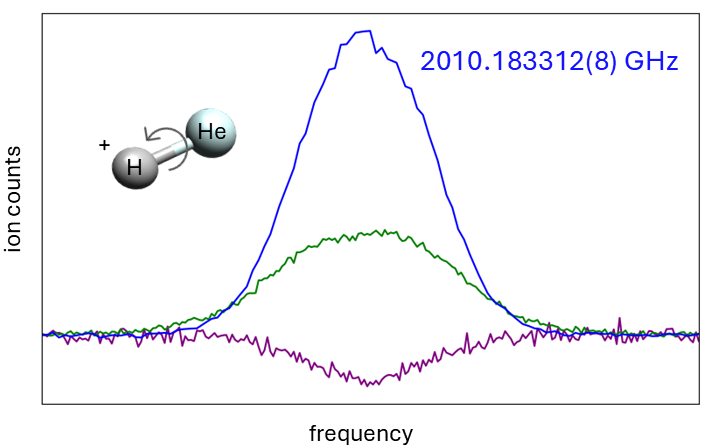
December 16, 2025
Andreas Brunthaler
Max Planck Institute for Radio Astronomy, Bonn
The GLOSTAR Galactic Plane Survey: A GLObal view on STAR Formation
Abstract
The GLObal view on STAR formation in the Milky Way (GLOSTAR) survey uses the wideband (4-8 GHz) C-band receivers of the VLA and the Effelsberg 100-m telescope to conduct an unbiased survey to characterize star-forming regions in the Milky Way. This survey of the Galactic mid-plane detects tell-tale tracers of early phases of high-mass star formation: compact, ultra- and hyper-compact HII regions, and 6.7 GHz methanol (CH3OH) masers, which trace some of the earliest evolutionary stages in the formation of high-mass stars and can be used to pinpoint the positions of very young stellar objects, many of them still deeply embedded in their natal material. The observations center at 5.8 GHz and also cover emission from the 4.8 GHz formaldehyde (H2CO) and multiple Radio Recombination Lines (RRLs). The GLOSTAR observations were made with the VLA B- and D-configurations and the Effelsberg 100-m telescope for the large scale structure. Here I will give an overview over the survey as well as first results. (Cologne, Host Simon Dannhauer)

January 13, 2026
Bernd Klein
SFB1601 / Max Planck Institute for Radio Astronomy, Bonn
Digital signal processing
Abstract
(Cologne)
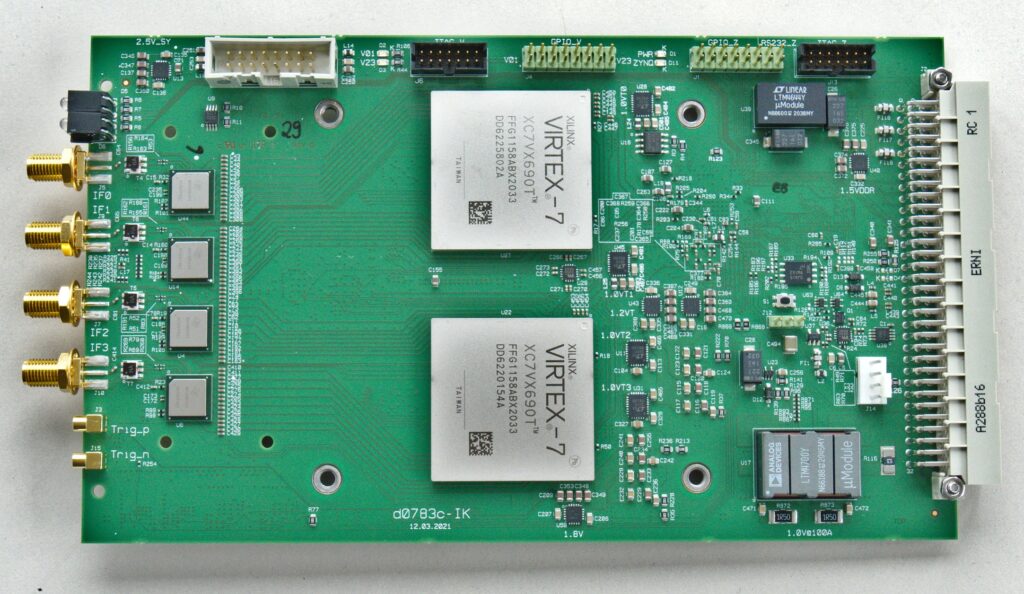
January 20, 2026
Mark McCaughrean
Adjunct scientist, Max-Planck-Institut für Astronomie, Heidelberg
JWST observations of galactic star-forming regions: discoveries & mysteries
Abstract
The large collecting area, diffraction-limited optics, low background, and continuous near- to mid-infrared sensitivity of the NASA/ESA/CSA JWST gives it unique capabilities for making detailed studies of the early stages of galactic star and planet formation, including dense embedded young clusters, passive and actively-irradiated circumstellar disks, and shock-excited jets and outflows. In this talk, I will present an overview of initial results from my GTO programme as an Interdisciplinary Scientist on the JWST Science Working Group. These include imaging and spectroscopy of the inner Orion Nebula and Trapezium Cluster, and of the young low- and intermediate-mass protostellar outflows HH211, HH212, and HH288. Some of the discoveries made so far, including candidate Jupiter-mass binary objects in Orion, are controversial, while others remain mysterious, awaiting further analysis and follow-up observations.
(Cologne, Host Peter Schilke)
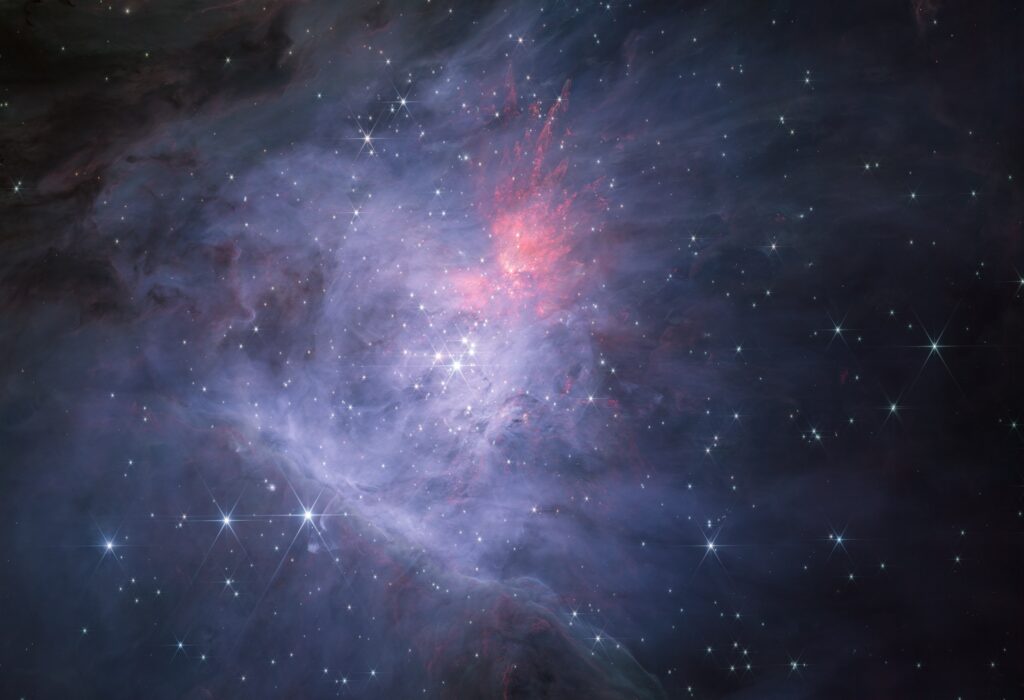
January 27, 2026
Cristiano Porciani
SFB1601 / Argelander Institute for Astronomy, Bonn
From the Cosmic Web to Interstellar Molecules — and Back: Bridging the Scales of Galaxy Formation
Abstract
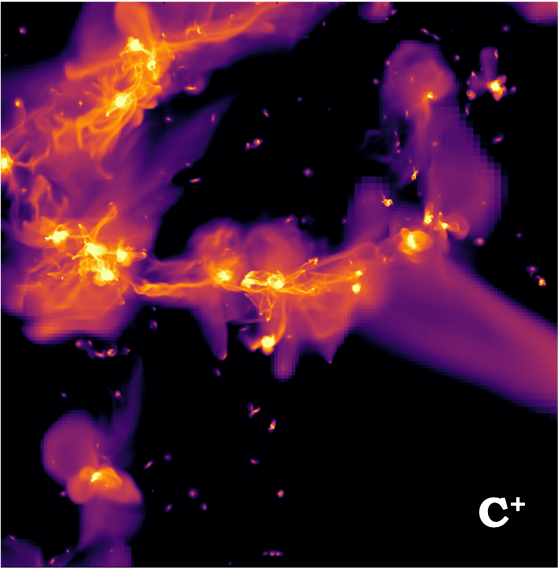
February 3, 2026
Amélie Saintonge
Max Planck Institute for Radio Astronomy, Bonn
KILOGAS: the first comprehensive kpc-scale view of the molecular interstellar medium in the local universe
Abstract
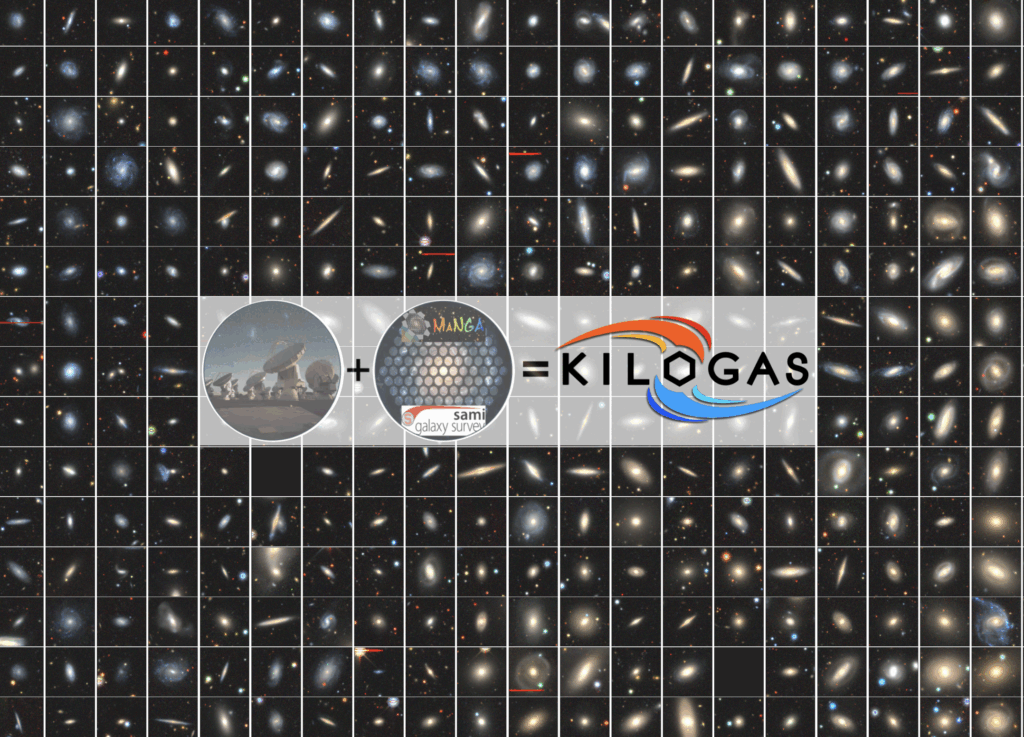
available dates:
14.04.2026
21.04.2026
28.04.2026 – Lucas Labadie
05.05.2026
12.05.2026
19.05.2026
02.06.2026
09.06.2026
16.06.2026
23.06.2026
30.06.2026
07.07.2026
14.07.2026 – Frank Lewen
21.07.2026
